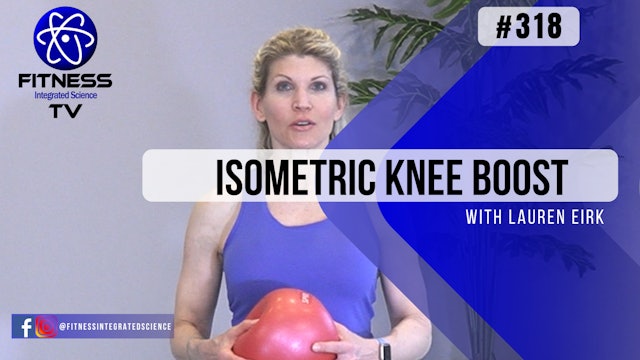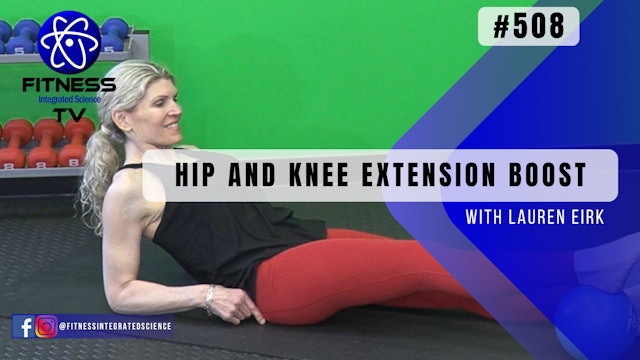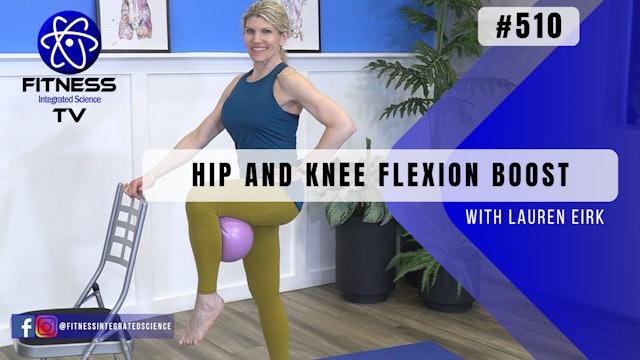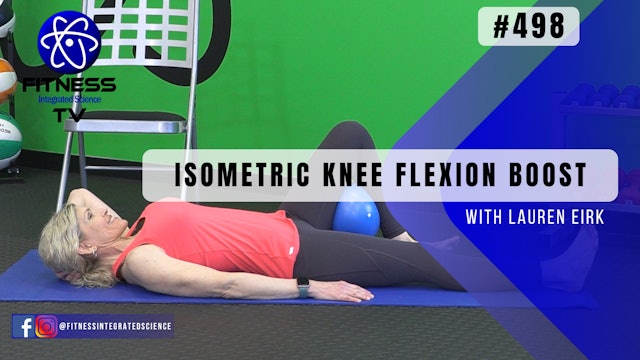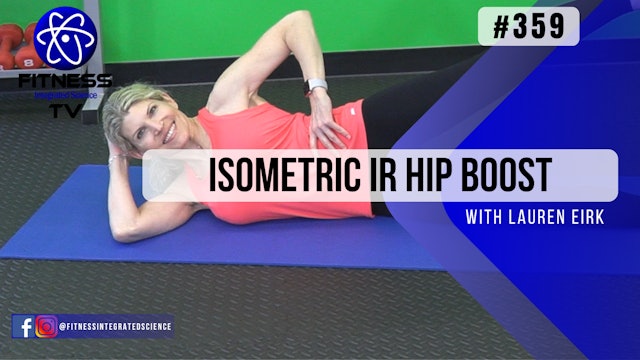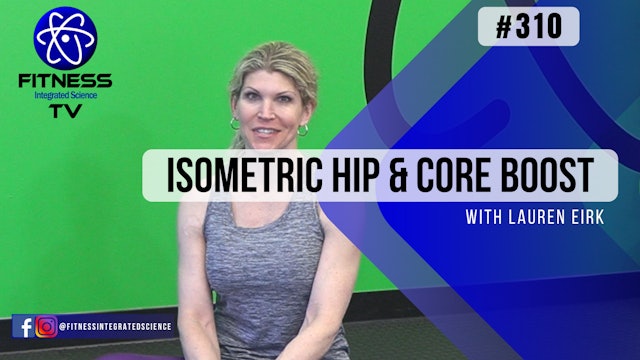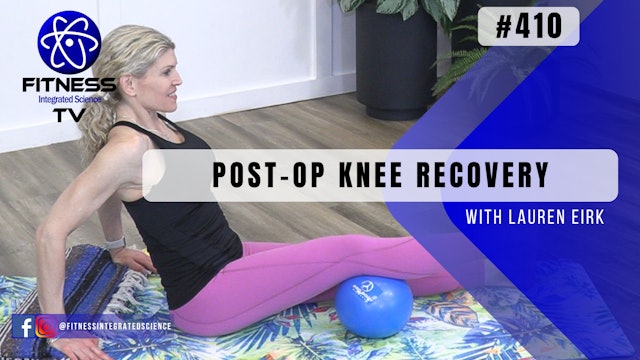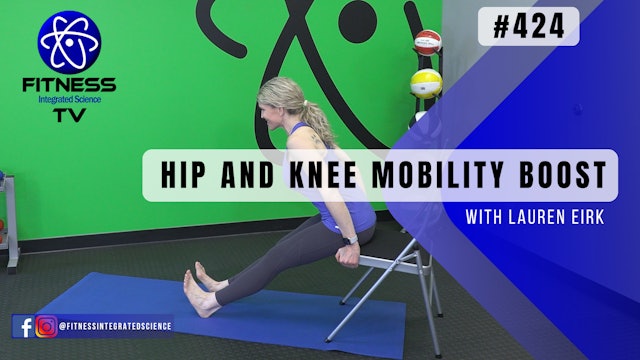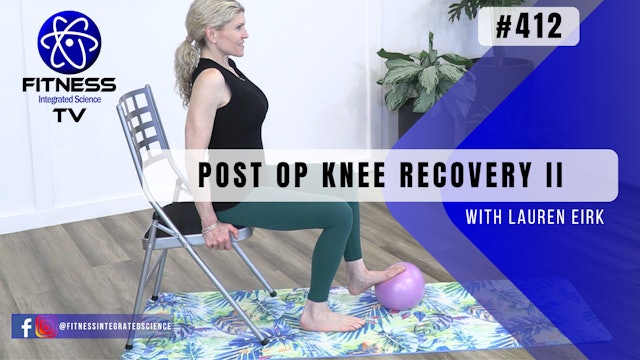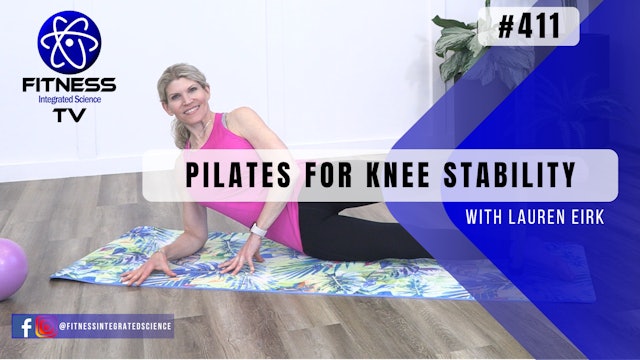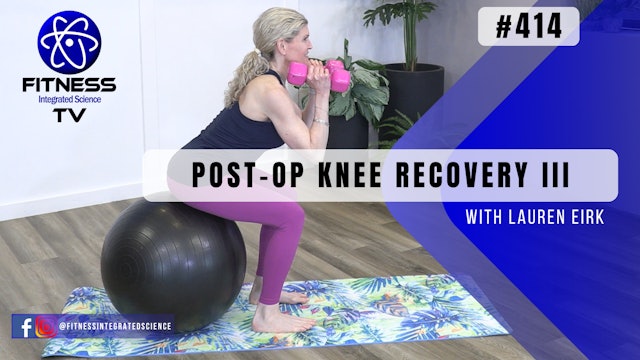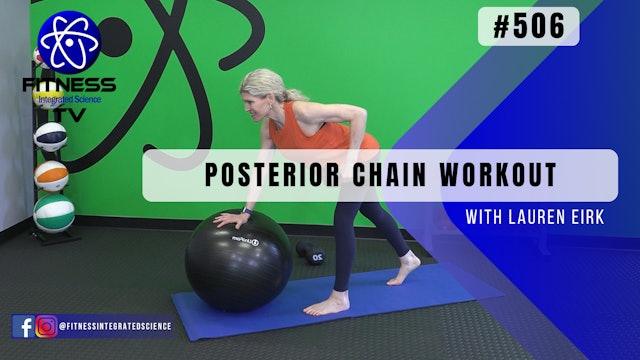Knee Replacement Recipe
A knee replacement is surgery to replace all or some of your knee joint. It’s a type of procedure called an arthroplasty (joint replacement). A total knee replacement is the most common type of knee replacement, where all three areas of your knee joint — the inside (medial), outside (lateral) and under your kneecap (patellofemoral) are replaced. A partial knee replacement is where only replace some areas of your knee joint — usually if only one or two areas are damaged from an injury or a trauma.
It usually takes around a year to recover fully after a knee replacement depending on the severity and your condition prior to surgery. The recovery time will depend on your activity level before surgery, age, and muscle health. Regaining your range of motion and strength after total knee replacement is critical to regaining your ability to do the things that are important to you. It is often difficult for people to know what to do post-surgery to heal their knee joint. These exercises are designed to help you in the various stages of recovery, but these are general in nature. Always check with your doctor for your particular case.
In this FIS recipe, there are five phases of treatment, combined with several accompanying videos, to help your muscles recover and hopefully keep you from transferring weakness to nearby joints. This recipe begins with isometrics, since they do not produce inflammation or irritation of the tissue. Isometric exercises have a carryover effect to allow you to establish a wider range of motion. Evidence suggests isometrics may have wide-ranging effects on the body, including a reduction in blood pressure and pain. After the isometric Steps 1 and 2, we will move into the Post-Op Recovery Phases I, II, and III. These are designed to progress you from surgery through the first 12 months.
Being able to flex and extend the knee is a very important. These can be done in conjuntion with your medical team's exercises, as movement, loading, and weight transfer of the knee, hip, and foot are important after a knee replacement. I will offer you a progressive strengthening approach here, based on the 5-Step Cycle of Muscle Maintenance, encouraging you to keep moving and stay consistent rather than pushing yourself to recover too quickly. Feel free to move around the FIS Library as you see fit! There is no rush and everyone is different.
Step 1. Activate | Joint Therapeutics: Isometric and single joint-specific therapy routines to target weak muscles and keep you moving pain free.
Step 2. Integrate | Yoga: Multi-joint isometric resistance training, targeting positional weakness to improve joint mobility and stability.
Step 3. Move | Pilates: Core-Focused Pilates calisthenics and fusion format resistance training with small equipment.
Step 4. Amplify | Strength Training: Workouts with an emphasis on strength training for muscle development using various resistance tools.
Step 5. Optimize | Fitness Fusion: Muscle strength and conditioning fusion workouts with free weights and bands combined with Stability Ball, Barre, and HIIT training.
You can stay on any step for as long as you like! Each week is a step of the muscle maintenance system. Practice at least one video a day for 3-5 days each week. When you are ready to move to the next step, feel free to jump into the week before if your system gets stressed. Think of this as a long-term solution as you work to resolve your issue and keep it at bay for your life!
5-Step Cycle Schedule:
1-3 weeks
Step 1: Activate
1. Video 318 | Isometric Knee Boost (15 minutes)
2. Video 508 | Hip and Knee Extension Boost (15 mins)
3. Video 510 | Hip and Knee Flexion Boost (15 mins)
3-6 weeks
Step 2 Integrate
1. Video 498 | Isometric Knee Flexion Boost (15 minutes)
2. Video 359 | Isometric Hip Internal Rotation Boost (15 minutes)
3. Video 310 | Isometric Hip and Core Boost (15 Minute Routine)
6-8 weeks
Step 3: Move
1. Video 410 | Post-Op Knee Recovery (30 Minutes)
2. Video 424 | Isometric Hip and Knee Mobility Boost (30 minutes)
3. Video 417 | Holistic Foot and Ankle Workout (30 minutes)
9-12 Weeks
Step 4: Amplify
1. Video 412 | Post-Op Knee Recovery II (30 Minutes)
2. Video 098 | Exercises for Knee Therapy (30 Minute Workout)
3. Video 411 | Pilates for Knee Stability (30 minutes)
3-12 months
Step 5: Optimize
1. Video 414 | Post-Op Knee Recovery III (30 Minutes)
2. Video 554 | Knee-Friendly Leg Workout (30 mins)
3. Video 506 | Posterior Chain Workout (30 minutes)
-
Video 318 | Isometric Knee Boost (15 minutes) with Lauren Eirk
If you need a quick boost, this 15-minute bodyweight workout will help you to strengthen knee extensor muscles and knee flexor muscles using the resistance coming from friction and a sponge ball. Weakness in these areas can cause loss of balance and knee pain, making it more difficult to walk eff...
-
Video 508 | Hip and Knee Extension Boost (15 mins) with Lauren Eirk
If you need a quick boost, this 15-minute bodyweight workout will help you to strengthen the hip and knee extensor muscles using the resistance coming from bodyweight, a thigh band, and a sponge ball. Weakness in these areas can cause low back tightness and knee instability, as these muscles figh...
-
Video 510 | Hip and Knee Flexion Boost (15 mins) with Lauren Eirk
If you need a quick boost, this 15-minute bodyweight workout will help you to strengthen the hip and knee flexor muscles using the resistance coming from bodyweight and a sponge ball. Weakness in these areas can cause low back and hip tightness, and knee instability. These muscles deal with pron...
-
Video 498 | Isometric Knee Flexion Boost (15 minutes) with Lauren Eirk
If you need a quick boost, this 15-minute bodyweight workout will help you to strengthen knee flexor muscles using the resistance coming from bodyweight and a sponge ball. Weakness in these areas can cause loss of balance and knee pain, making it more difficult to walk efficiently, operate the fo...
-
Video 359 | Isometric Hip Internal Rotation Boost (15 minutes) with Lauren Eirk
If you need a quick boost, this 15-minute bodyweight routine will help you strengthen muscles that cross the hip to perform internal rotation, such as the iliopsoas group, rectus femoris, and adductors to name a few. These are also muscles that commonly flex the hip and help with lower back pain...
-
Video 310 | Isometric Hip and Core Boost (15 Minute Routine) with Lauren Eirk
If you need a quick boost, this 15-minute bodyweight routine will help you strengthen core muscles and help give you improved spinal stability using a series of flexion-based isometric exercises for the hip and spinal joints. This is an equipment-free workout, so you will use your hands for resi...
-
Video 410 | Post-Op Knee Recovery (30 Minutes) with Lauren Eirk
Regaining your range of motion and strength after total knee replacement or hip surgery is critical to regaining your ability to do the things that are important to you. Exercising has multiple benefits including: reducing stiffness, maintaining flexibility, improving muscle strength, and prevent...
-
Video 424 | Isometric Hip and Knee Mobility Boost (30 minutes) with Lauren Eirk
The hip is a very complex joint, capable of moving in many planes of motion. By comparison, the knee's structure is primarily capable of flexing and extending. Muscle weakness in these joints can cause pain and tightness. This can make exercise positions difficult to access.
In this workout,...
-
Video 417 | Holistic Foot and Ankle Workout (30 minutes) with Lauren Eirk
The foot is the foundation and is influenced by other joints in the body as well as the floor. The foot, ankle and lower leg adapt to the ground by pronating and supinating, causing the knee, hip, spine, and shoulder to take on similar motions.
In this therapeutic strength routine, we will look...
-
Video 412 | Post-Op Knee Recovery II (30 Minutes) with Lauren Eirk
This is a follow-up video to "Post-Op Knee Recovery #410. Remember that regaining your range of motion and strength after total knee replacement or hip surgery is critical to regaining your ability to do the things that are important to you. Exercising has multiple benefits including: reducing s...
-
Video 411 | Pilates for Knee Stability (30 minutes) with Lauren Eirk
This is a 30 minute pilates workout to strengthen and stabilize the knee joint. The exercises will focus on the importance of proper knee alignment and knee tracking as well as building strength in all the muscles that support the knees. These include exercises for the lower leg muscles, upper l...
-
Video 414 | Post-Op Knee Recovery III (30 Minutes) with Lauren Eirk
This is a follow-up video to "Post-Op Knee Recovery II #412. At this point, you are likely done with physical therapy and working to return to a higher level of function. Remember that regaining your range of motion and strength after total knee replacement or hip surgery is critical to regaini...
-
Video 554 | Knee-Friendly Leg Workout (30 mins) with Lauren Eirk
This lower body workout is designed to strengthen the muscles of the hips, thighs, glutes, and lower leg without a lot of repetitive knee bending and mechanical stress. Learn how to feel more comfortable in many lower body exercises such as squats and lunges with this knee-friendly approach.
We...
-
Video 506 | Posterior Chain Workout (30 minutes) with Lauren Eirk
The idea of a Posterior Chain refers to the structures at the back of the leg and the spine. These muscles keep us upright and tend to reduce our chance of injury. The main muscles that make up the Posterior Chain are the calf muscles, hamstrings, gluteus maximi, latissimus dorsi and the erecto...



